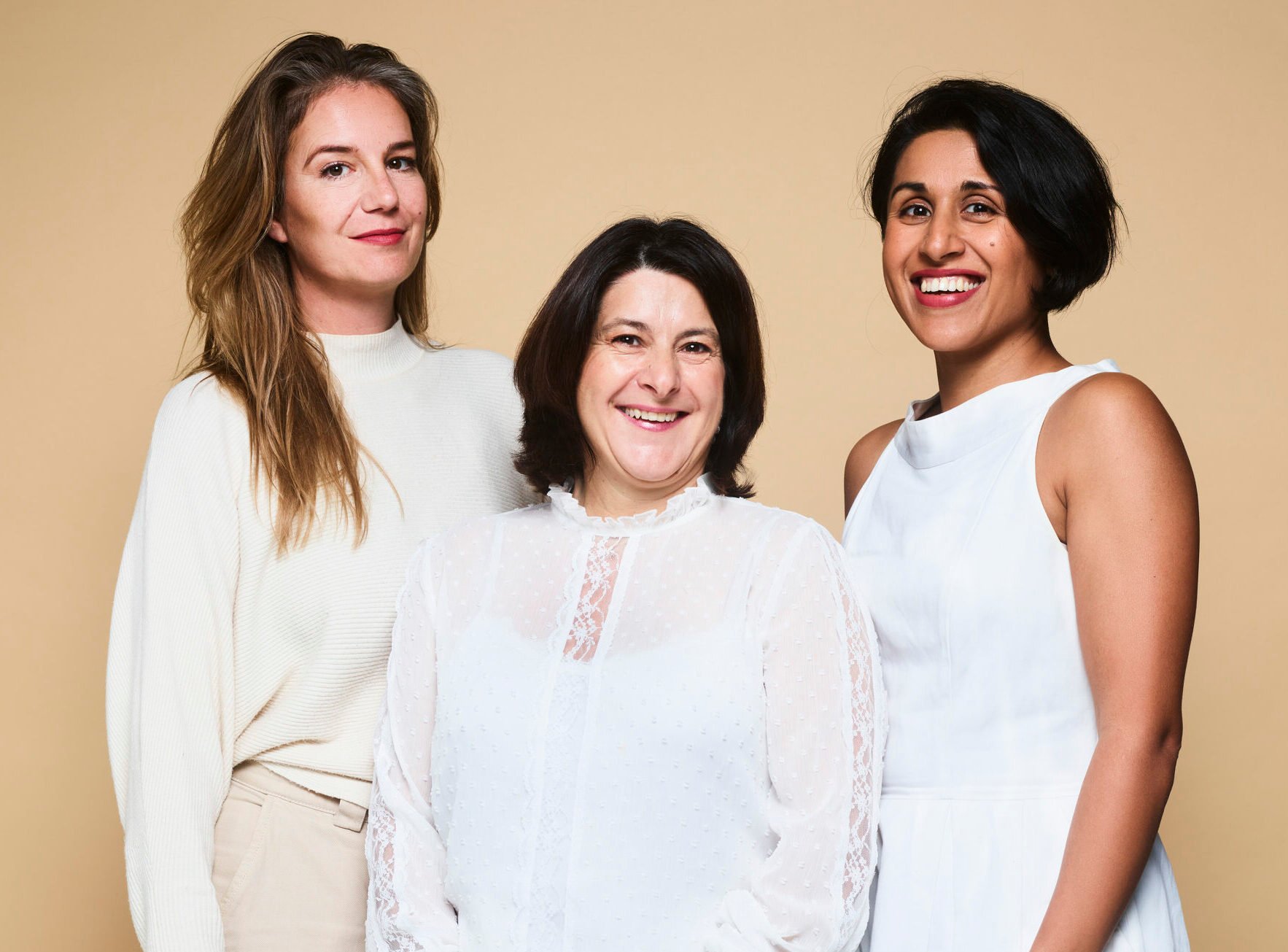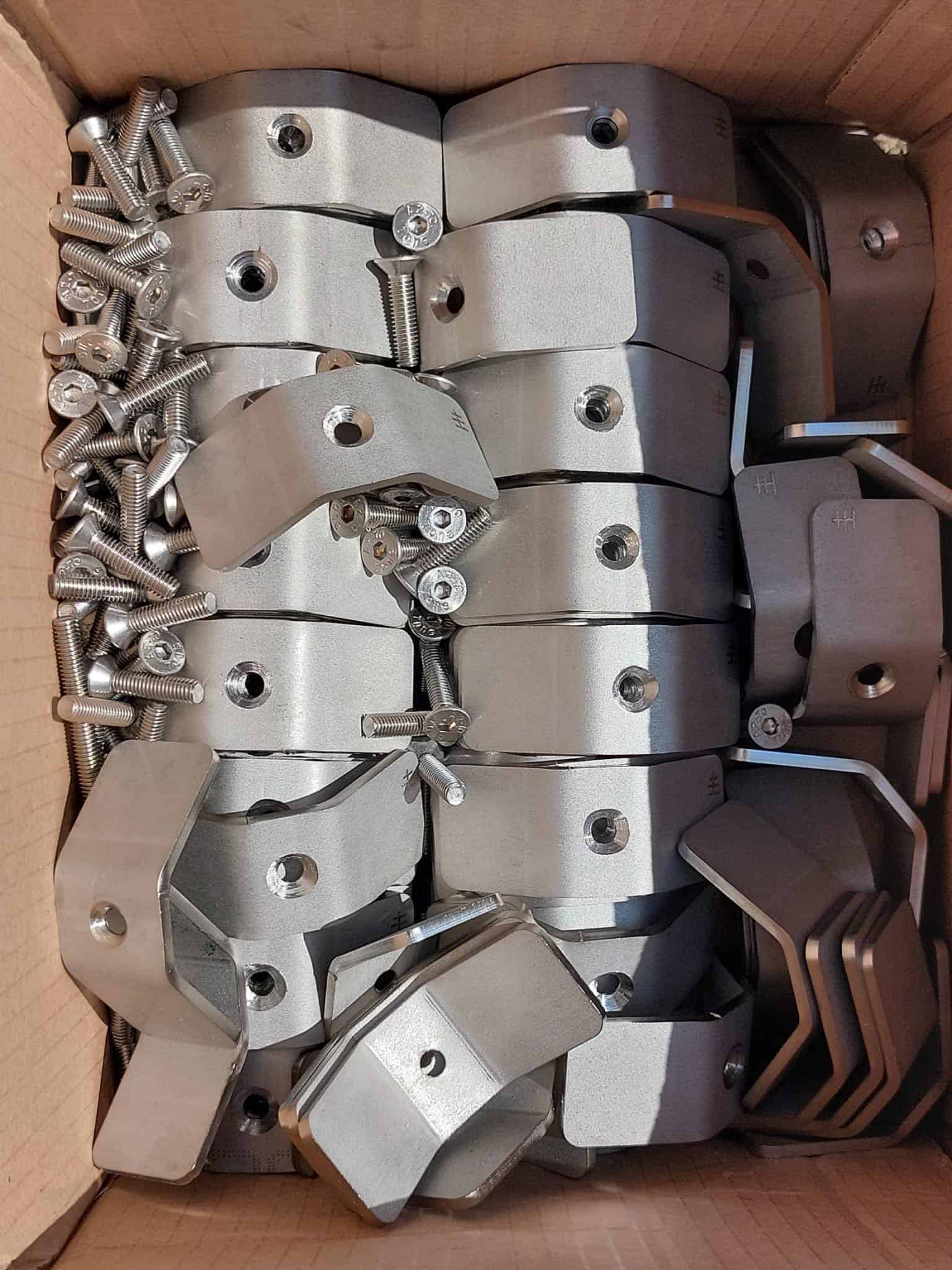
Advertisements, discounts, and the best deals: next week is here again. Black Friday and the subsequent Cyber Monday kick off the holiday season in the US. As with so many trends, this one also blew over to Europe. Last year, for example, 38 percent of Dutch people bought something between Black Friday and Cyber Monday, according to research by ABN Amro.
The bank presented the report “The State of Retail” earlier this week. Figures show that almost half (48 percent) plan to do the same this year. This applies mainly to young people. Whereas in 2022, 71 percent of people under 35 bought something, now 80 percent expect to buy something.
- ABN Amro research shows that 48% of Dutch people plan to buy a product during Black Friday this year;
- Attitudes toward Black Friday and Cyber Monday are becoming less and less critical;
- Yet, a strong counter-voice is also emerging: demarketing.
Less critical of Black Friday U.S. demarketing
The report also signals that attitudes toward Black Friday and Cyber Monday are becoming less critical. Over a quarter of those surveyed support non-participation as a signal against overconsumption.
Yet an increasingly strong counter-narrative is emerging: demarketing. This strategy aims to encourage people to consume less, MT/Sprout writes in this article. Ikea, among others, is capitalizing on this. It puts used furniture in the spotlight on Marktplaats. Outdoor retailer Bever also practices demarketing. It organizes the fifth edition of For Future Friday for the third time this year. In all stores, consumers can go for free shoe maintenance. A fifty percent discount is given on clothing repairs.
Besides large companies like Ikea and Bever, many start-ups also fit this bill. We selected three start-ups where you can shop sustainably with confidence.
Swap-studio: swapping clothes and furniture
Swap-studio helps users give new life to old clothes and furniture through their platform. The Dutch have an average of 173 garments, 50 of which are never worn. Each year, we throw away 41 garments and buy 46 more. We have created a staggering mountain of discards and dead stock with producers and clothing brands. Bad for the wallet even worse for the environment and nature. With the Amsterdam-based swap-studio, Nilofer Christensen wants to offer a sustainable solution to overconsumption. Through swap-studio, people can upload the stuff they no longer use so that someone else can reuse it. Companies with dead stock can also offer their stuff here.

Faircado: search engine for used items
Or take Faircado. This start-up wants to help the climate with their comparison site for secondhand articles and, at the same time, earn a little money themselves. Faircado is an Internet platform that is not about making money for a change but about creating a better world.
Faircado tries to take the market for secondhand goods to a higher level. Founder Evoléna de Wilde d’Estmael: “I came up with the idea when I had to move during corona in Berlin and needed a few items, including a kitchen table. I was looking for something with a certain size and wanted to buy secondhand, but I soon found out that this was a futile search. There are many secondhand stores, including online, but if you need something specific, you quickly get stuck. Shortly after that, together with Ali, I came up with the idea of linking several online stores for used goods with a search engine.”

Hitch: furniture that stays relevant for a lifetime
Start-up Hitch designs dismountable and reusable furniture. In this way, the company wants to counterbalance disposable culture. Interior designer Esther Laga founded the company after a somewhat out-of-control school assignment.
Laga’s frustration with the disposable mentality gave her the idea to develop a sustainable and modular concept. Hitch furniture evolves and changes over the consumer’s life so that it lasts for decades and remains relevant. Laga: “We are developing reusable furniture you can rent or buy. We will find the appropriate materials for it. We deliver and install everything ourselves. After the customer has used the furniture for a certain period, say one month, we disassemble everything and reuse the materials for a new project.”








